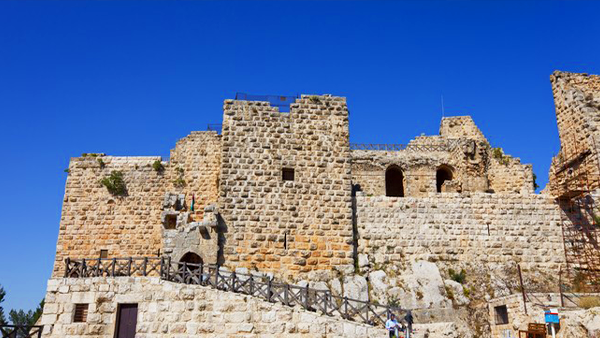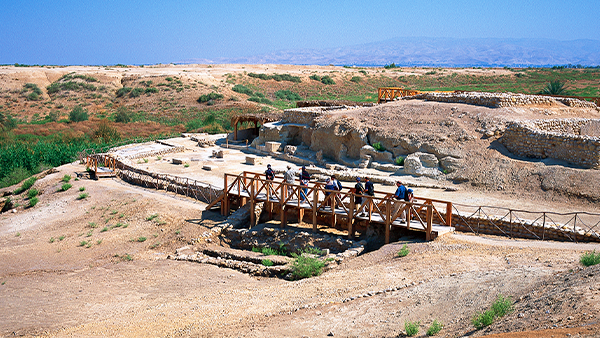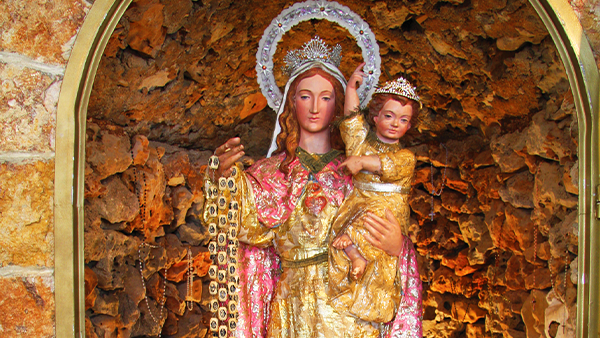Ajloun Castle
Ajloun Castle, more formally known as Qal'at Ar-Rabad, towers above the green hills of Ajloun and can be seen from many miles away, betraying its strategic purpose as a military watch post that protected the trade routes in the 12th-15th centuries. It was first built in 1184 by one of Saladin's generals, Izzeddin Usama Mungidh, to repel the Crusader threats to north Jordan (the Crusaders had already occupied south Jordan, from their massive castles at Showbak and Kerak, and were driven out of TransJordan in 1188/1189). The Ajloun castle was expanded into its current configuration in 1214.
Contact information/ how to book:
Admission is included in the Jordan Pass


Tal Mar Elias
Associated with the Prophet Elijah, Tall Mar Elias is very close to the ruins of a village known as Listib. It is believed that this place was formerly Tishbi, the home of Elijah, a native of Gilias in Tranjordan (2 Kings 17: I). The fact that this is a religious site is substantiated by the two churches that were built on the Tall (hilltop) at the end of the Byzantine period.
Church of Our Lady in the Mountain
In Anjara, in the north of Jordan, there is the Our Lady of the Mountain Church - a rebuilt cave that is venerated as a place where Jesus and his mother Mary passed during their journeys between the Sea of Galilee. Anjara was designated by the Vatican as a Millenium 2000 pilgrimage site.
Contact information/ how to book:
Telephone: 00962 2 646 1013


